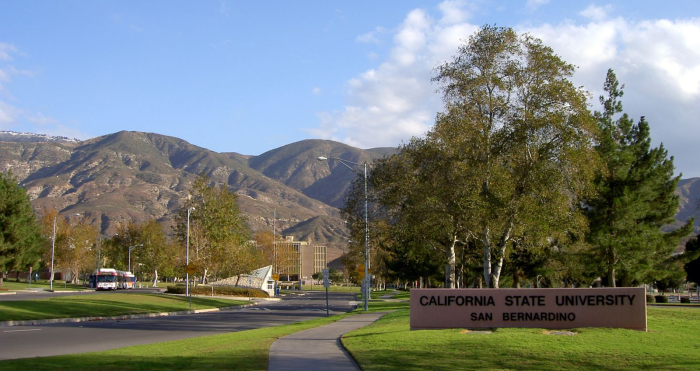 Information Governance has long been a major issue for governmental agencies, even before the Presidential Directive on Records Management of 2012.
Information Governance has long been a major issue for governmental agencies, even before the Presidential Directive on Records Management of 2012.
Information Governance Insights will be series of articles intended to provide guidance on improving or establishing your own program. Information Governance is not a software package that can be installed to solve all your issues. It is a comprehensive series of policies and procedures that people use in the course of their daily business activities which, when implemented correctly, will increase productivity, lower costs, increase operational opportunities, and cover downside risk by providing consistency, integrity, security and availability of information throughout the records management lifecycle.
Technology is applied to facilitate efficiency, but this only works with well thought out policies and procedures. Otherwise its garbage in, garbage out or ROT. R.O.T. is an Information Governance acronym for types data. R.O.T. stands for Redundant, Obsolete and Trivial. The goal of Information Governance is to eliminate R.O.T. which reduces storage costs and increases efficiency by decreasing the amount of information you have to search through to find what you need and mitigate the risks of keeping “everything”.
To kick things off, let’s begin by defining Information Governance using the Sedona Conference definition as “an organization’s coordinated, inter-disciplinary approach to satisfying information compliance requirements and managing information risk while optimizing information value.” Simply put; Information Governance is getting trusted information to the right people at the right time. This definition highlights the concept that information is an asset, a very valuable one that warrants protection. The focus of an Information Governance program can be broken down into four basic components:
- What are your information assets?
- Where are they located?
- When can you dispose of them?
- Who manages them and has access to them?
Answer these questions and you have the basic information you need to create your program.
So how do you know which information is valuable? An organization’s information assets are its records. ISO 15489 provides International Standards for Records Management and defines a record as “information created, received and maintained as evidence and information by an organization or person, in pursuance of legal obligations or in the transaction of business.” A quick rule of thumb is that if you need it to do a job or defend in an audit or lawsuit, then it’s a record.
Records, regardless of media, contain information that is a valuable resource and important business asset. We’re not just referring to your organization’s reports or publications, but images, instant messages or social media activity. How many times have we seen stories in the news about some YouTube video or Tweet that has had a devastating effect on a person or Organization? The best way to protect against these incidences is to manage the information from the very beginning.
In the next article we will discuss the steps to take to begin to establishing or improving your organization’s information governance program through careful analysis and assembling the kind of team you need to ensure success. Keep in mind that this is an ongoing process that cannot be put in place in a few months and forgotten. Results can be realized quickly with the proper planning, but it requires teamwork and the support of the entire organization. This may be a new way of doing business in your organization, but it will be a better way. Let’s get started!



